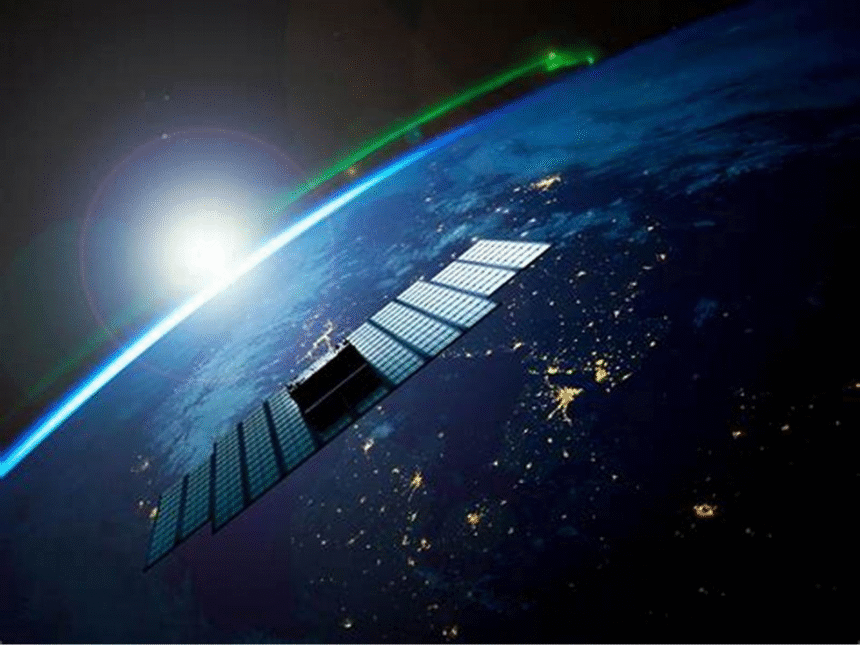The first 12 of 2,800-satellite constellations of China, which will serve as an orbiting supercomputer, have been launched. This supercomputer of China is the first space-based AI supercomputing project in history, spearheaded by ADA Space in collaboration with Zhijiang Laboratory and Neijiang High-Tech Zone.
Autonomous AI Processing in Orbit
These recently launched satellites are capable of handling analysis on their own, in contrast to conventional satellites that send raw data to ground stations for processing. An artificial intelligence model with eight billion parameters and 744 tera operations per second (TOPS) is carried by each satellite. The 12 satellites that are working collectively can carry out 5 peta operations per second (POPS).
According to official plans, the long-term objective of China is to deploy about 2,800 satellites in order to grow the constellation to 1,000 POPS.
Laser-connected and designed for speed
The satellites use laser interlinks with transfer speeds of up to 100 Gbps to communicate with one another. They also create a low-latency, cooperative computing environment in space by sharing 30 terabytes of dispersed onboard storage. Because of this architecture, the network may operate with little need for infrastructure on Earth.
Scientific Applications
A variety of scientific payloads are carried by the satellites, one of which is an X-ray polarization detector for the investigation of high-energy cosmic occurrences, including gamma-ray bursts. The constellation may also generate 3D digital twin data, which opens up possibilities for use in interactive media, virtual tourism, urban planning, and disaster monitoring.
Addressing Data Bottlenecks in Space
Less than 10% of the data gathered by traditional satellites is ever sent to Earth because of bandwidth and ground station constraints, according to the South China Morning Post. By analyzing data before the transmission, onboard processing helps evade this limitation, therefore decreasing the amount of data that must be transferred and speeding up reaction times for use cases that require immediate responses.
Strategic and Environmental Benefits
According to Jonathan McDowell, a Harvard astronomer and space historian, orbiting data centers have both environmental and practical advantages. These solar-powered systems, which are naturally cooled in space, can lessen the environmental impact and energy consumption of ground-based supercomputers. McDowell added that in order to keep up with China’s progress, the US and Europe might shortly investigate comparable methods.








